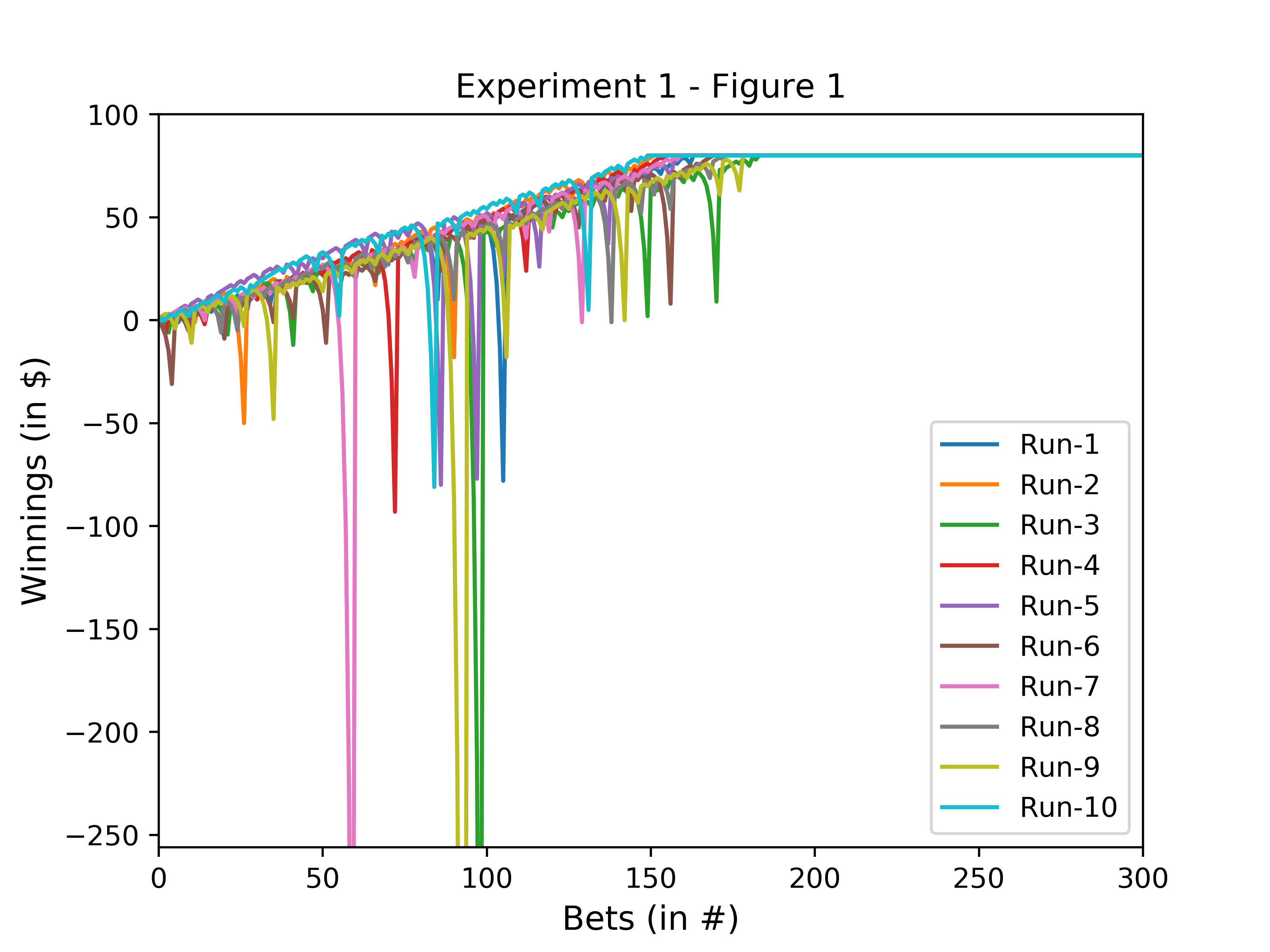The simplest way to think about a moneyline is to consider a base bet of $100. A moneyline is a number larger than 100, and it is either positive or negative. A line with a positive number means that the team is the underdog. If the line, for example, was +160 then you would make a profit of $160 if you were to bet. For example, if the odds are +750, the bettor would receive $750 dollars if their bet was successful. If the odds were -750, the bettor would have to wager $750 in order to profit $100 (and therefore receive back $850 in total). Now you can tell that $7.50, 13/2 and +650 all mean. Negative numbers signify the favorite on the betting line. The negative number indicates how much you'd need to bet to win $100. If the number is positive, you're looking at the underdog, and the number refers to the amount of money you'll win if you bet $100. The lower number also means a lower payout, which is always the case for betting the favorite on the moneyline. A $100 bet on Arsenal +150 would net $250, while a $100 bet on Everton +190 would net $290. Going further, a $100 bet on the draw at +220 would payout $320. Read More Sports Betting Q&As.
American odds are read differently for favourites and underdogs:

Favourite (odds that start with -): odds are the amount you need to stake to win 100
Underdog (odds that start with +): odds are the amount you would win if you bet 100
Example:
Odds = +180
Stake = 100
Total Payout = 180
As the name implies, American odds are most commonly used in the USA and Canada. They are much less common in Europe, falling in favour to Decimal or Fractional odds. Let's take a look at a matchup between Nadal and Djokovic; assume an oddsmaker set the odds like this:
Nadal -152
Djokovic +120
The first thing to note is the '+' and the '-' before the number for each market.
If a market has a '+', that means it is the underdog. That is, it is the market perceived to have a lower chance of winning the matchup.
If a market has a '-', then it is the favourite, perceived to have the higher chance of winning the matchup.
In this example, Djokovic is the underdog, and Nadal is the favourite – pretty straightforward, right?
The numbers after those symbols are used as an indicator of how likely the teams are perceived to be to win or lose.
For favorites, the number is the amount you would need to risk in order to win 100. In the case of Nadal, you would need to risk 152 to make a profit of 100. If Nadal wins, your 152 is returned to you, plus your 100 profit. But if Nadal loses, then you lose the 152 you risked. Easy enough.
For underdogs, the number is the amount you would win if you risked 100. If you risked 100 on Djokovic then you would win 120 if he won the matchup, and of course you would get your initial 100 returned on top of that. Even easier!

Favourite (odds that start with -): odds are the amount you need to stake to win 100
Underdog (odds that start with +): odds are the amount you would win if you bet 100
Example:
Odds = +180
Stake = 100
Total Payout = 180
As the name implies, American odds are most commonly used in the USA and Canada. They are much less common in Europe, falling in favour to Decimal or Fractional odds. Let's take a look at a matchup between Nadal and Djokovic; assume an oddsmaker set the odds like this:
Nadal -152
Djokovic +120
The first thing to note is the '+' and the '-' before the number for each market.
If a market has a '+', that means it is the underdog. That is, it is the market perceived to have a lower chance of winning the matchup.
If a market has a '-', then it is the favourite, perceived to have the higher chance of winning the matchup.
In this example, Djokovic is the underdog, and Nadal is the favourite – pretty straightforward, right?
The numbers after those symbols are used as an indicator of how likely the teams are perceived to be to win or lose.
For favorites, the number is the amount you would need to risk in order to win 100. In the case of Nadal, you would need to risk 152 to make a profit of 100. If Nadal wins, your 152 is returned to you, plus your 100 profit. But if Nadal loses, then you lose the 152 you risked. Easy enough.
For underdogs, the number is the amount you would win if you risked 100. If you risked 100 on Djokovic then you would win 120 if he won the matchup, and of course you would get your initial 100 returned on top of that. Even easier!
The unit size of 100 is used just for simplicity. In no way does that mean you have to be risking that amount. For Djokovic, you could risk 50 to win 60, risk 25 to win 30, risk 10 to win 12, and so on.
What Does Minus 100 Mean In Betting
To convert any odds formats check out Pinnacle's odds converter.
